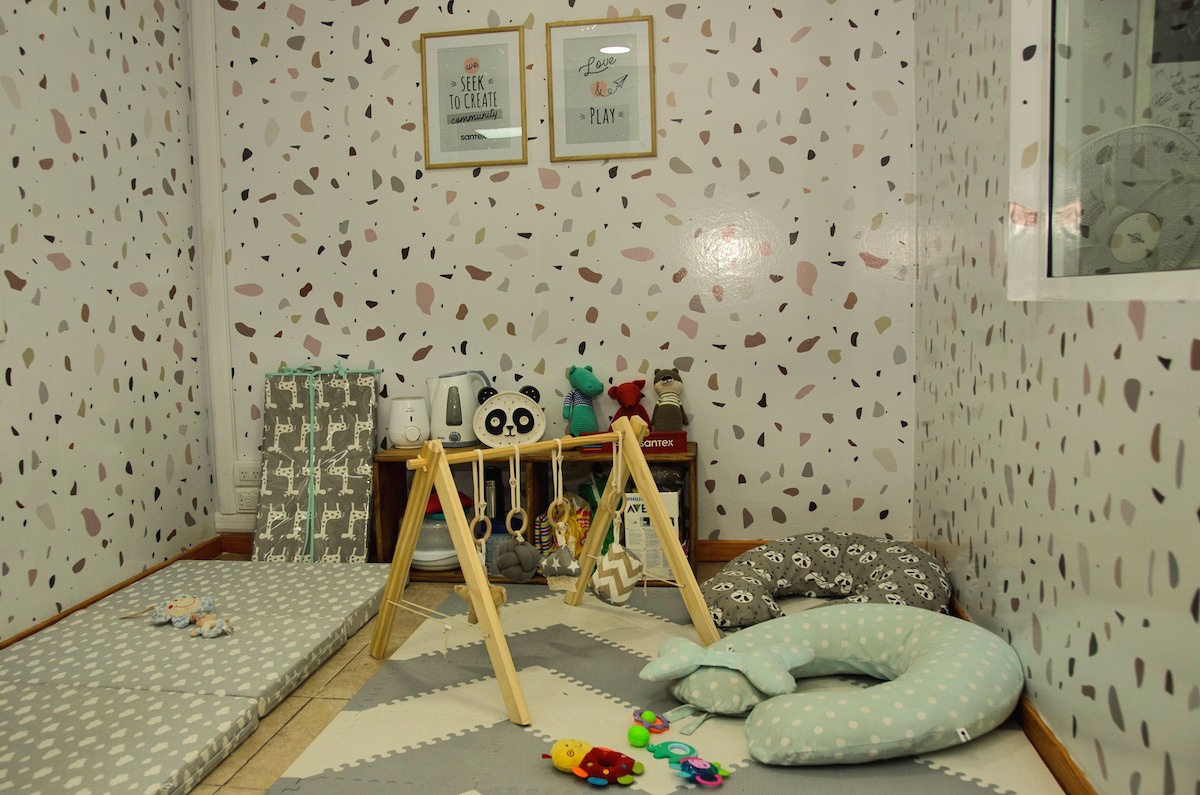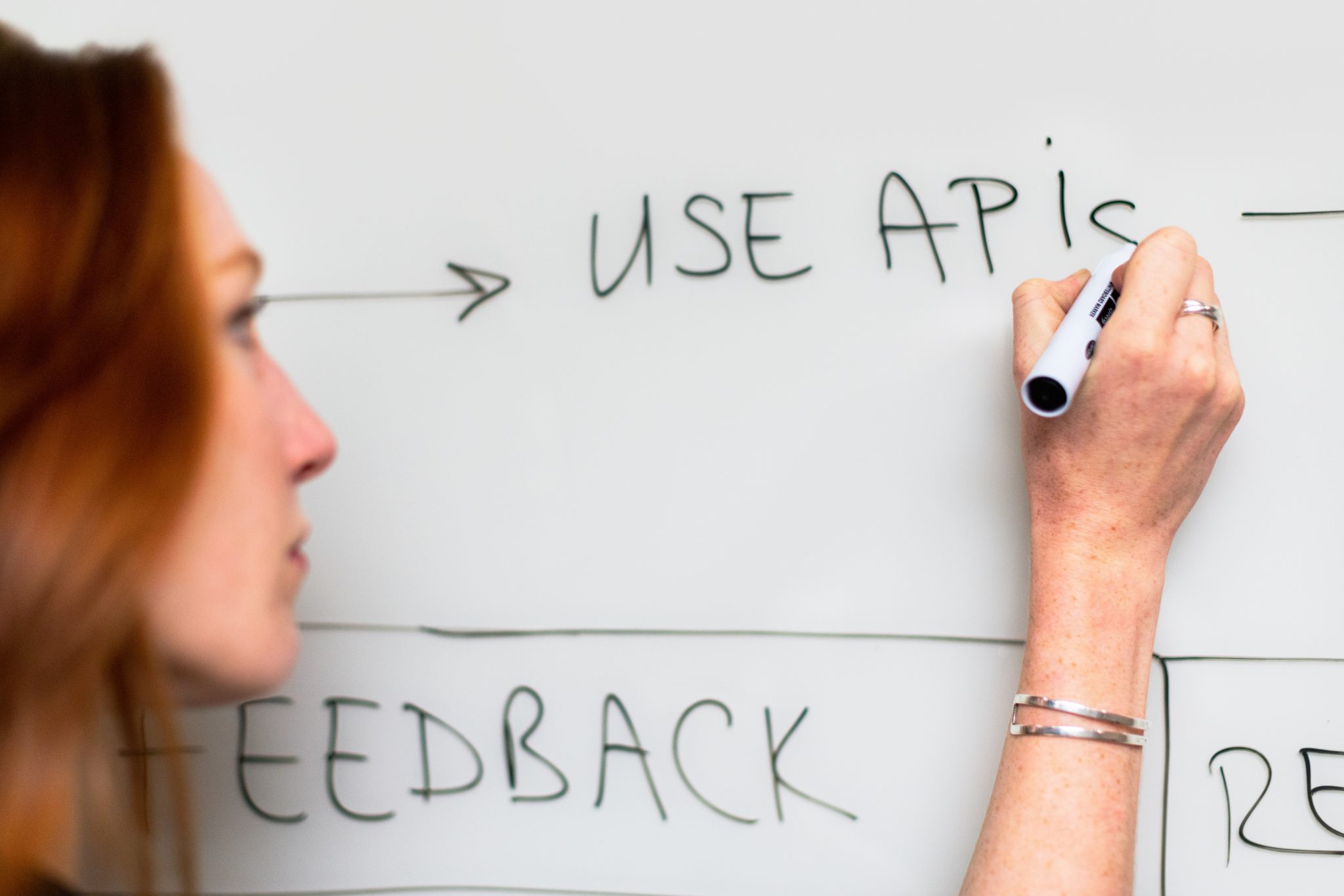By Walter Abrigo, Managing Director, and Celeste Torresi, Chief Operations Officer at Santex.
Equality between men and women at work has been heavily debated in the last few decades. Today, it is believed that companies with greater gender equality tend to be more innovative and profitable.
However, even if the issue has been gaining ground in the agendas of governments, businesses, institutions, and civil society; gender bias remains a notable obstacle to the development of communities, and thus the prejudice is particularly acute in the workplace.
In this context, several organizations have established a leading front by promoting different types of initiatives: accepting inclusive language, holding awareness workshops, establishing mixed teams, developing recruiting policies focused on women, among others.
At Santex, we believe that while these initiatives contribute to creating more favorable, sensitive, and inclusive contexts, they are not sufficient enough for a real paradigm shift. Instead, we need strong and practical actions that can change the everyday environment in which we live.
According to Phumzile Mlambo-Ngcuka, Executive Director of UN Women, at the current rate of female empowerment, it would take 220 years to close the gender gap — we can not certainly afford to wait that long. Those of us who have the possibility to make decisions that will impact other people cannot pass up the opportunity to create new scenarios and consciences. We need to promote new approaches.
We started our cultural transformation about 4 years ago when we started to implement initiatives to transform our context and generate initiatives that translated into immediate benefits for our internal community. We focus on two major slogans:
- Equality of opportunities
- Women in management positions
- Equal position, equal salary
- Professional development of women when they become mothers
Equal Opportunities
When we began this process, only 20% of the management positions were occupied by women. Today the percentage reaches 50%. Things did not change overnight, instead, the move from 20% to 50% was gradual, starting with support positions such as Administration, until reaching a balance in critical business positions, such as Operations. The same occurred with salaries growth: These were adjusted to promote equality between men and women who occupy similar positions. Although it is true, an objective of identical quotas by gender can be reasonable in large numbers (for example, Law No. 27.412 on Gender Parity in Areas of Political Representation). In organizations of the size like ours, we must strive to ensure that all people with talent have the same possibilities regardless of gender, ethnicity, race, religion and sexual orientation. Overall, this transformation was a product of recognizing the experience and talent existing in women who were part of the company who were not yet in management positions.
Professional development of women when they become mothers
Women faces immense challenges to fully perform in their profession if they also decide to become a mother: the family organization and its inclusion in the labor market is not something simple or easy to solve. Your partner can share the tasks, but it is she who gives them the breast and this important part of nurturing a new child cannot be performed at a distance.
Therefore, with the intention that mothers can return to work more easily, being able to breastfeed, and see their babies in the office, we created the “Santex Daycare”. Mothers bring their newborn babies to the workplace until they reach their first year of life. The daycare is prepared especially for babies with a child caretaker on staff.
In addition to the differential benefit for Santex moms, this space is also open for parents who work with us to bring their children.
From the beginning, The Santex Daycare was configured as an awareness campaign for all the people that are part of the organization and for those who visit us in our offices.

Challenges
One of the most important challenges is the participation of women in our software development teams. Currently, only 15% of our general endowment are women, and this ratio worsens if we consider that from 15% previously mentioned, 62% are in support positions.
Additionally, when we analyze in detail the roles that women occupy in development teams (6% of the Operations allocation), we see that all of them hold Testing or Business Analysis positions. In other words, none of them exclusively perform programming tasks.
A possible option for our Human Capital Department could be to focus on the processes of search and selection in women. We believe this is necessary but not sufficient enough, mainly because the universe of women in this industry still remains small (doesn’t exceed 14%) although it is growing rapidly.
For this reason, the involvement and support of organizations that raise awareness about the role of women and their participation in technology is key. Some of the organizations we are actively involved with are Women in Technology (MET acronym in Spanish) and Provincial Inclusion and Terminality Program 14-17.
Bibliography
- By Achim Steiner, Administrator of the United Nations Development Program (UNDP), and Phumzile Mlambo-Ngcuka, Executive Director of UN Women
- By Achim Steiner, Administrator of the United Nations Development Program (UNDP), and Phumzile Mlambo-Ngcuka, Executive Director of UN Women, Available at
- Una justificación económica para la igualdad de género
- How and Where Diversity Drives Financial Performance
- Los Mejores Lugares para Trabajar para Mujeres
- El ‘tic tac’ biológico ya no apremia
- How advancing women’s equality can add $12 trillion to global growth





